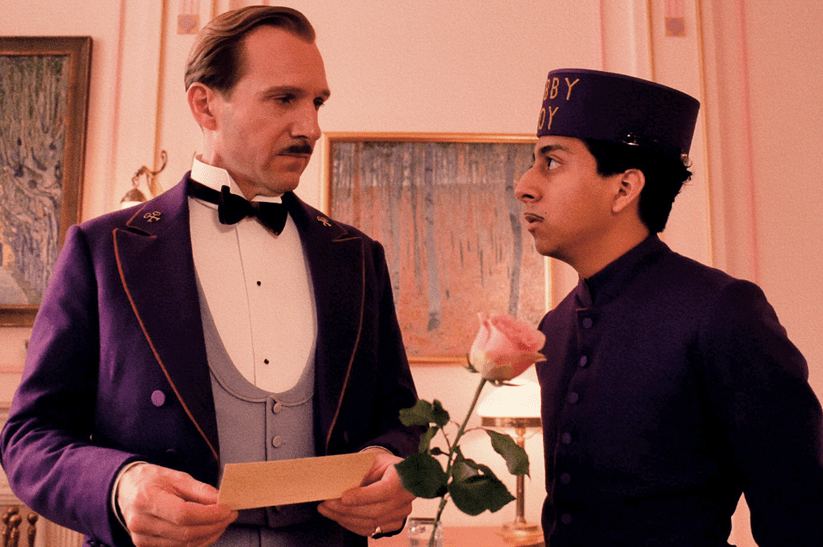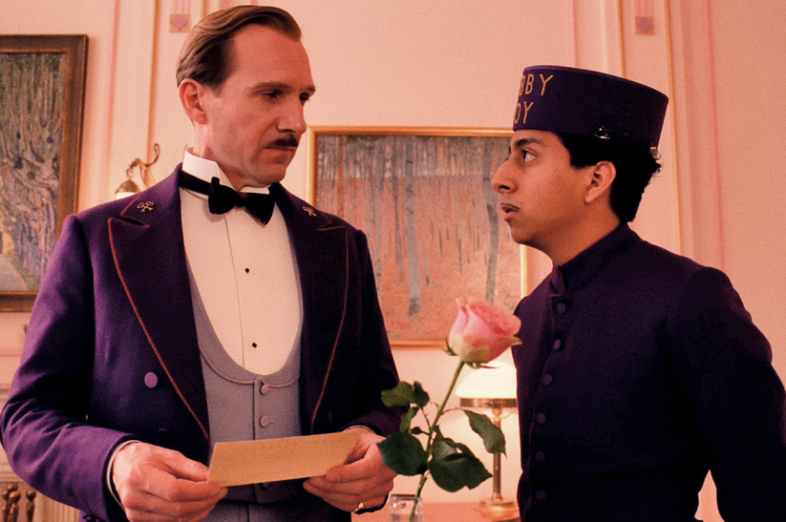How To Practice Gratitude Like A Pro – Without Bankrupting Your Time


Every year, on the fourth Thursday of November, America celebrates Thanksgiving; a day of giving thanks for the blessing of a good harvest.
But practicing gratitude doesn’t have to be a once a year celebration; in fact, as we’ll learn in today’s article, practicing gratitude can help us improve our performance, grow our careers and gain a competitive edge at work . . .
And all you need is five minutes a day.
First, a little backstory . . .
What I Learned From a Russian Rail Journey
In 2013, I was close to burnout.
I was mentally and physically exhausted from my business, and I didn’t know what I needed to do to stay afloat.
To rejuvenate, I decided to take a Tim Ferriss-inspired ‘mini-retirement’ and travel across Russia for six weeks.
On my 12-hour train journey from Nizhny to Saint Petersburg, I couldn’t sleep, so I turned on my Kindle and started reading.
The Happiness Advantage introduced me to a 21-day challenge to practice gratitude. At first glace, it seemed hokey and ridiculously simple, but as we’ve learned in previous articles, simplicity changes behaviours, so I decided to give it a try.
The challenge? To write down three things you’re grateful for every day . . .
Why Practice Gratitude?
When we practice gratitude, we train our brains to notice opportunities and ideas that allow our ‘base-line’ happiness to grow.
Simple: The more opportunities for positivity we see, the more grateful we become.
It’s no secret consistently grateful people are more energetic, emotionally intelligent, forgiving, and less likely to be depressed, anxious, or lonely.
One study by Martin Seligman found that participants who wrote down three good things each day for a week were happier and less depressed at the one-month, three-month, and six-month follow-ups. [1]
What’s more amazing is even after stopping the exercise; they remained significantly happier and showed higher levels of optimism.
The better they got at scanning the world for good things to write down, the more good things they saw, without even trying, wherever they looked.
How to Practice Gratitude
The best way to practice gratitude is to start making a daily list of the good things in your job, your career, and your life.
Over a decade of empirical studies has proven the profound effect it has on the way our brains are wired.
Shawn Achor, author of The Happiness Advantage, writes:
When you write down a list of ‘three good things’ that happened that day, your brain will be forced to scan the last 24 hours for potential positives – things that brought small or large laughs, feelings of accomplishment at work, a strengthened connection with family, [or] a glimmer of hope for the family. [2]
The items you write down each day don’t need to be profound or complicated, only specific.
You can mention the delicious meal you ate for breakfast, your spouse hugging you at the end of a long day, or the well-deserved acknowledgment from your boss at work.
As with any skill, the more we practice, the more easily and naturally it comes. The best way to ensure we follow-through on this behaviour is to make it a habit.
The key here is to ritualise the activity. To make your habit more accessible and easier to do, you can become a Choice Architect or use The 20-Second Rule.
A Five-Minute Journal
Fast forward to today: I’m the happiest I’ve ever been. I married the love of my life, I pursue my passion full-time and I have friends and family who love me.
But I didn’t become happy because of my circumstances; I became happier in spite of them.
I became happier because I began practicing gratitude every day, even when things weren’t going my way.
Every weekday morning, after I eat my breakfast, I write three things I’m grateful for (this has become one of my favourite Tiny Habits).
Inspired by The Five-Minute Journal, I’ve recently added four more questions. These are the five questions I answer every morning and evening. Feel free to use them as well:
What am I am grateful for?
What would make today great?
What is my daily affirmation?
What are three amazing things that happened today?
How could I have made today better?
Here are my answers from this morning (I’ll answer questions four and five tonight).
What am I grateful for? I am grateful for my loving and supportive wife, my delicious breakfast and the opportunity to coach and write for a living.
What would make today great? Writing and publishing an article I’m proud of, receiving an email of gratitude from a reader and getting my five most important tasks (MITs) done.
What is my daily affirmation? Discipline. Discipline. Discipline.
In Closing
Just as it takes years of concentrated practice to master a musical instrument, training your brain to notice more opportunities takes practice.
But practicing gratitude doesn’t take that long.
According to Achor, by writing three things you’re grateful for every day for 21 days, you can rewire your brain, allowing it to work more optimistically and more successfully. [3]
Start now.
What are you grateful for? ![]()
Sources:
[1] Seligman, M., Steen, T., Park, N., & Peterson, C. (2005), Positive psychology progress: Empirical validation of interventions, American Psychologist, 60, 410-421.
[2] Achor, S. (2010) The Happiness Advantage: The Seven Principles of Positive Psychology That Fuel Success and Performance at Work, New York: Random House.
[3] Ted. (2012). Shawn Achor: The happy secret to better work. [Online Video]. 01 February. Available from: http://youtu.be/fLJsdqxnZb0. [Accessed: 16 February 2015].




